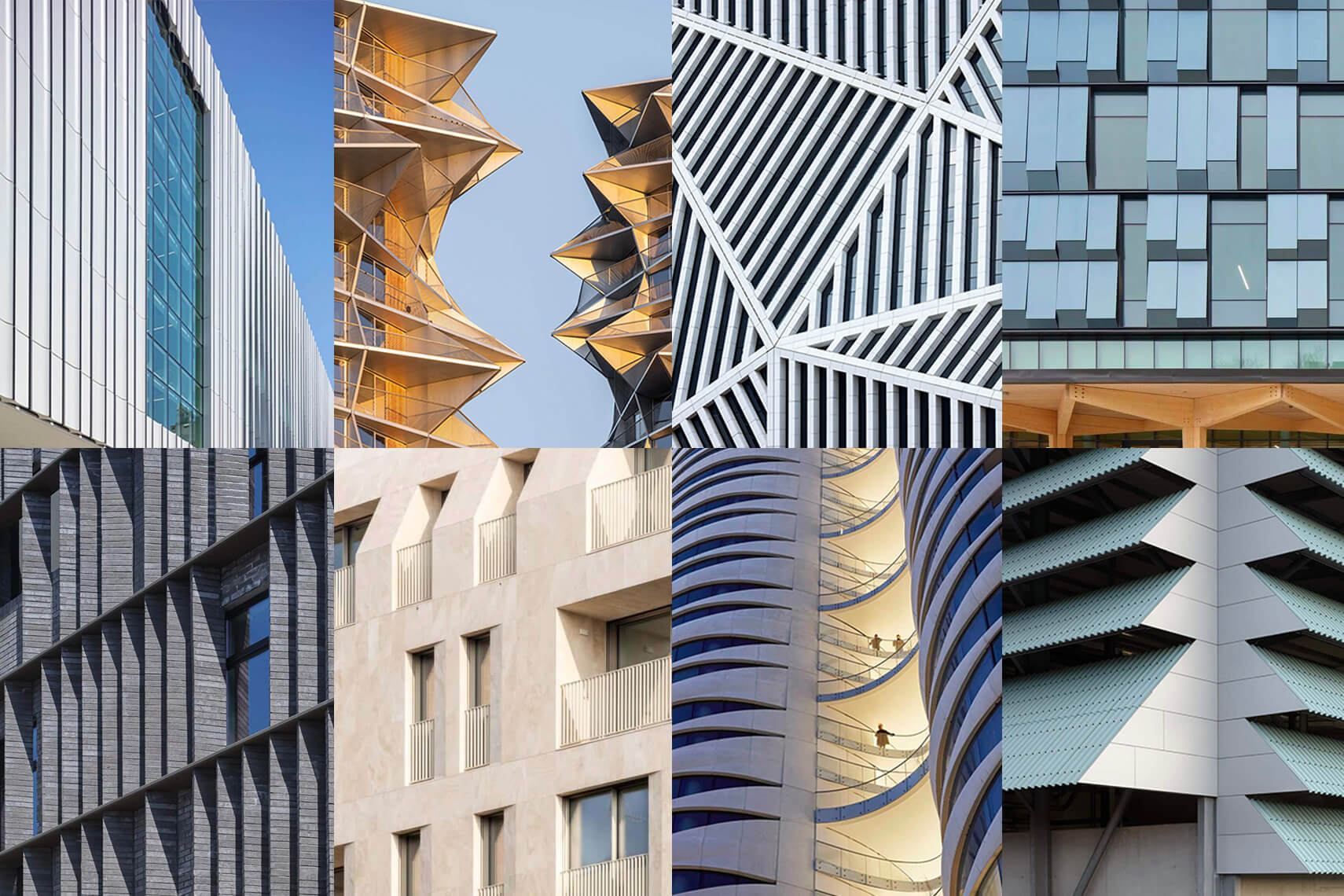-
AN shares top facades covered in 2025
As the year comes to a close, AN looks back on the dynamic facades projects covered online, in print, and on screen at our conferences in 2025. The list spans projects from around the world, featuring a range of formal and material expressions—angled BIPV panels, monolithic travertine, towers shaped like biophilic figures, aluminum made to look like stone, tilted…
-

Perkins&Will shades Museum House with sliding metal panels that depict imagery from the Frye Art Museum
-
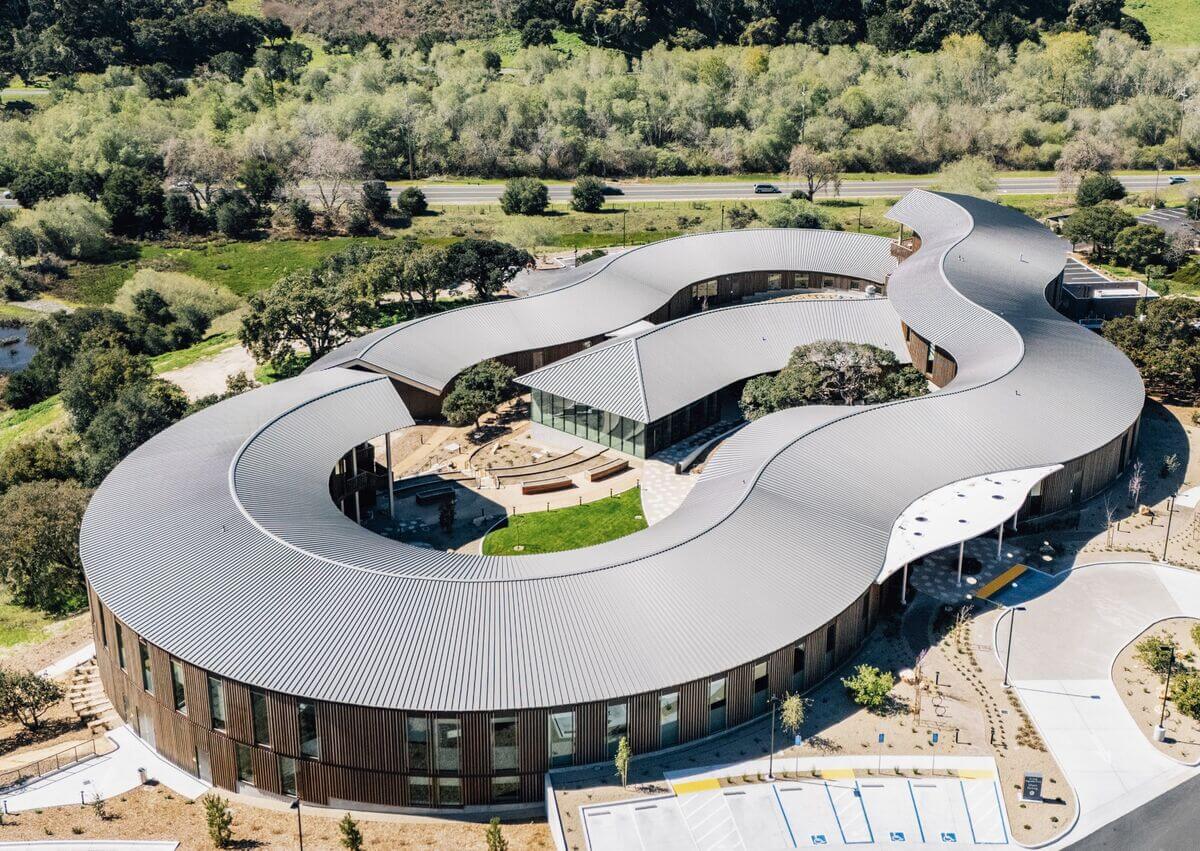
Facades+ returns to Los Angeles on December 11 and 12
-
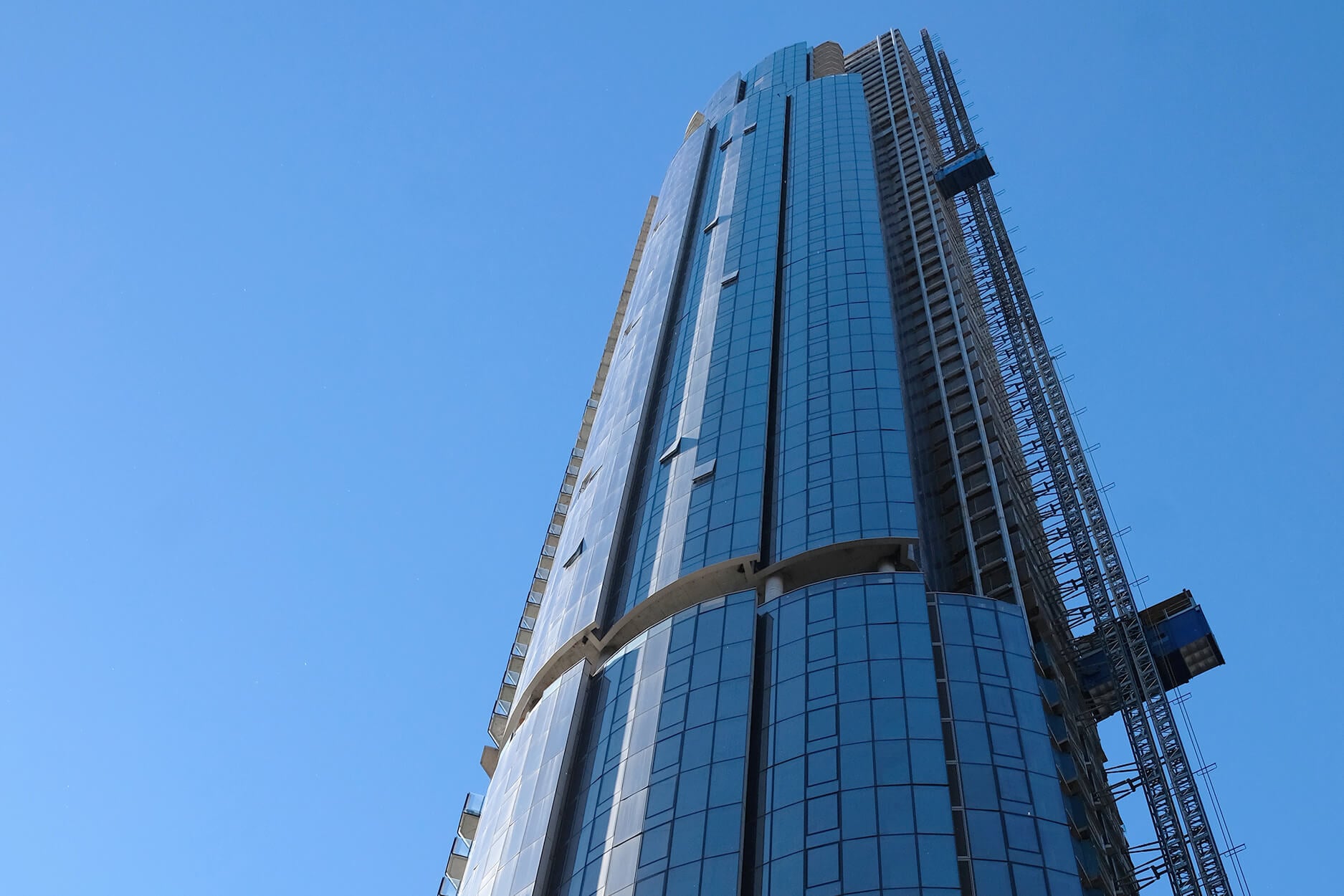
C3D Architecture’s 989 Sixth Avenue integrates curved, overlapping curtain wall assemblies with advanced fire and mechanical systems
-
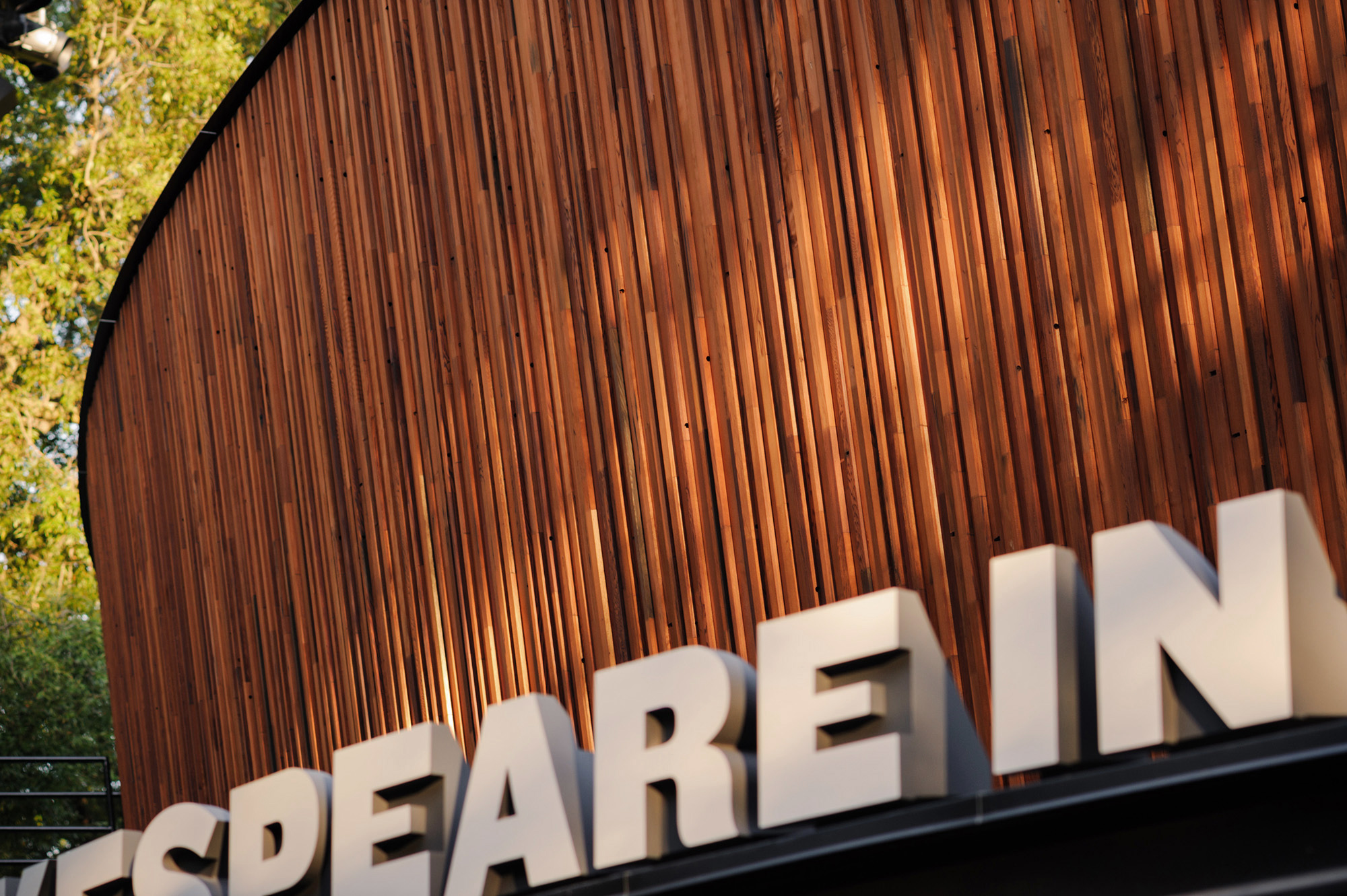
Ennead Architects clads Central Park’s Delacorte Theater with reclaimed redwood from New York City water towers
-

At Facades+ Boston, All Things Facades talks energy codes with Alejandra Menchaca, founding principal of AIRLIT Studio
-
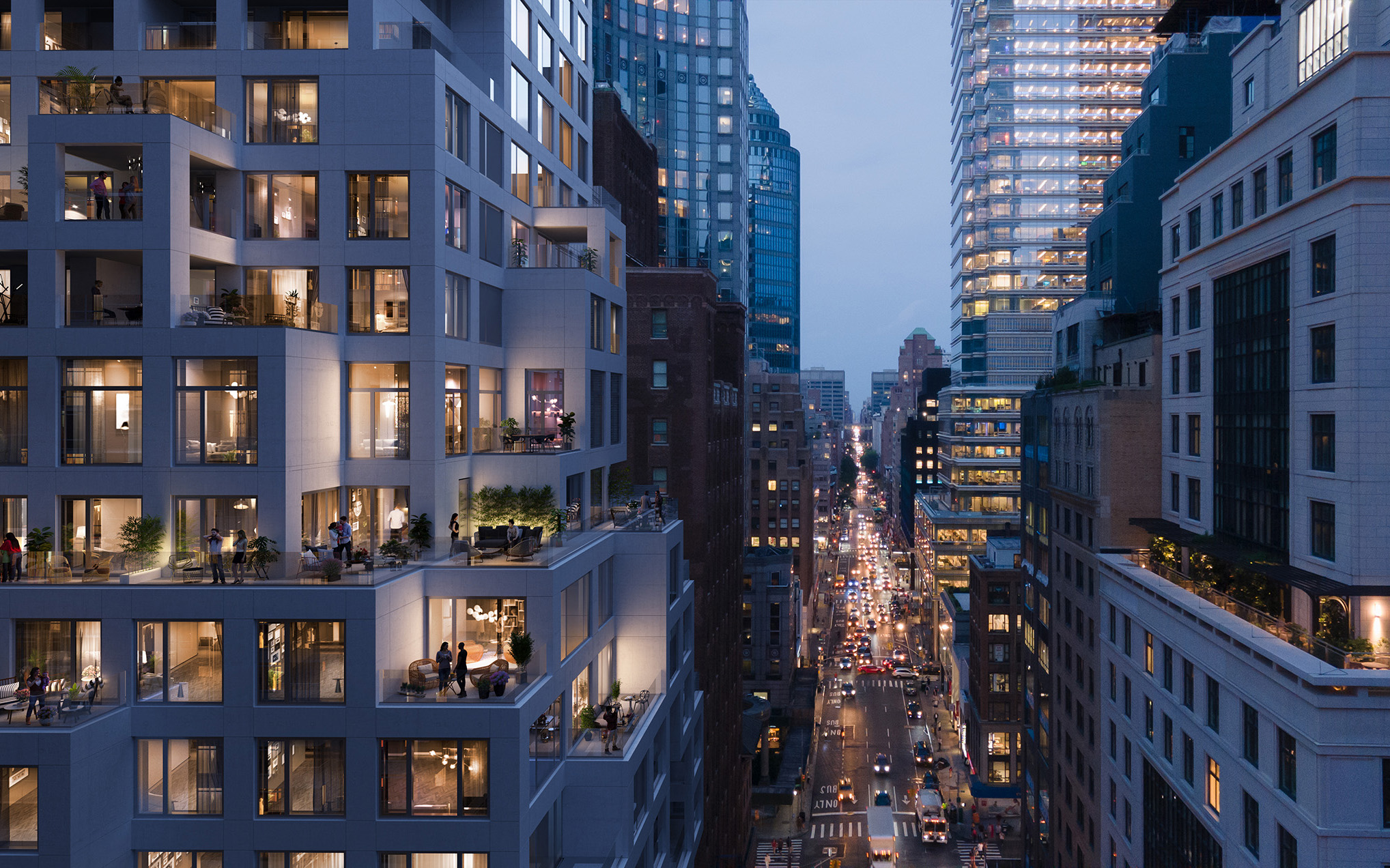
AN speaks with Eran Chen of ODA about his plan to make cities beautiful
-

Facades+ returns to Boston on October 17
-
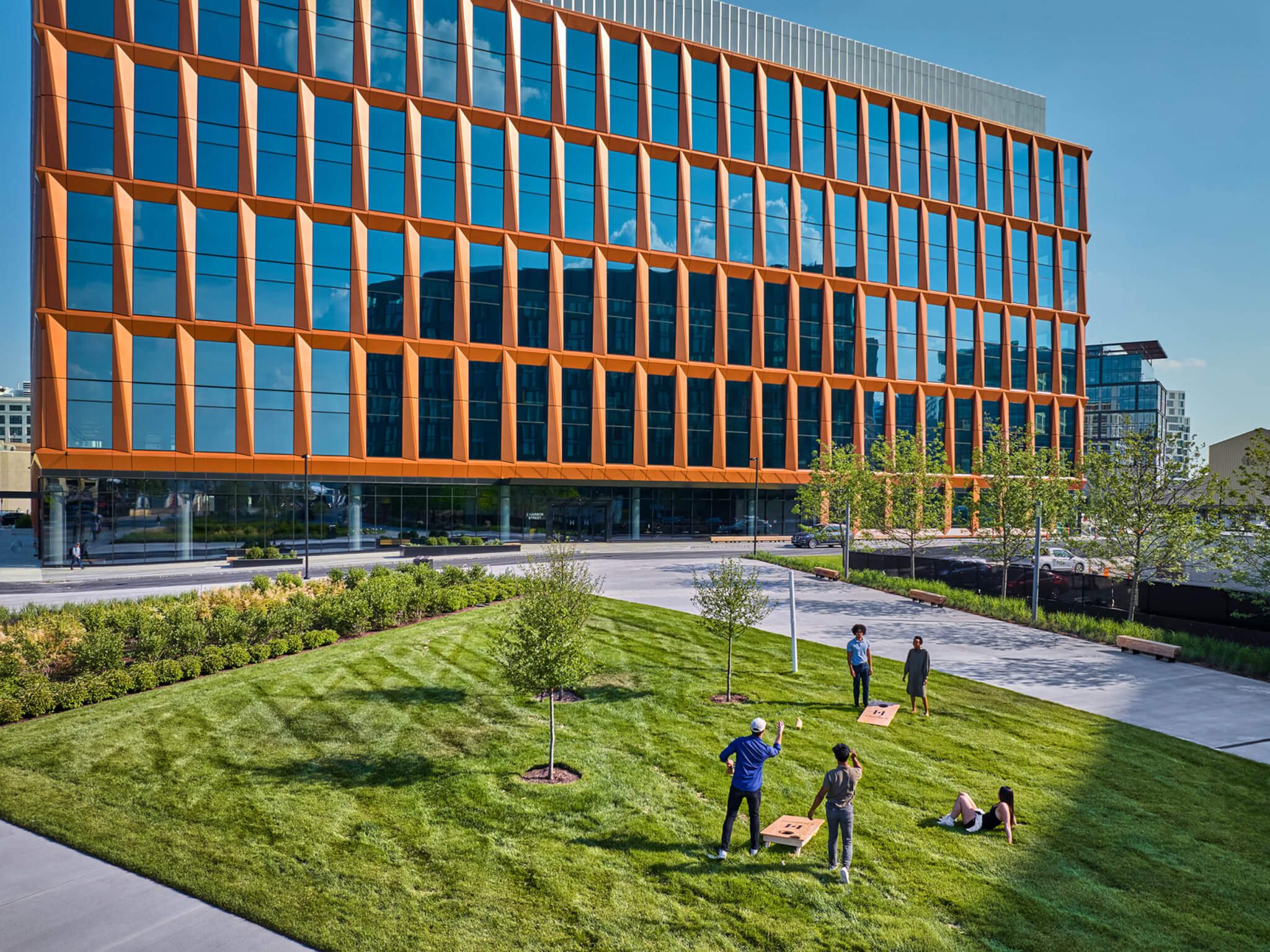
Handel Architects armors Boston’s new Life Sciences Center at 2 Harbor with oversized folded panels
-
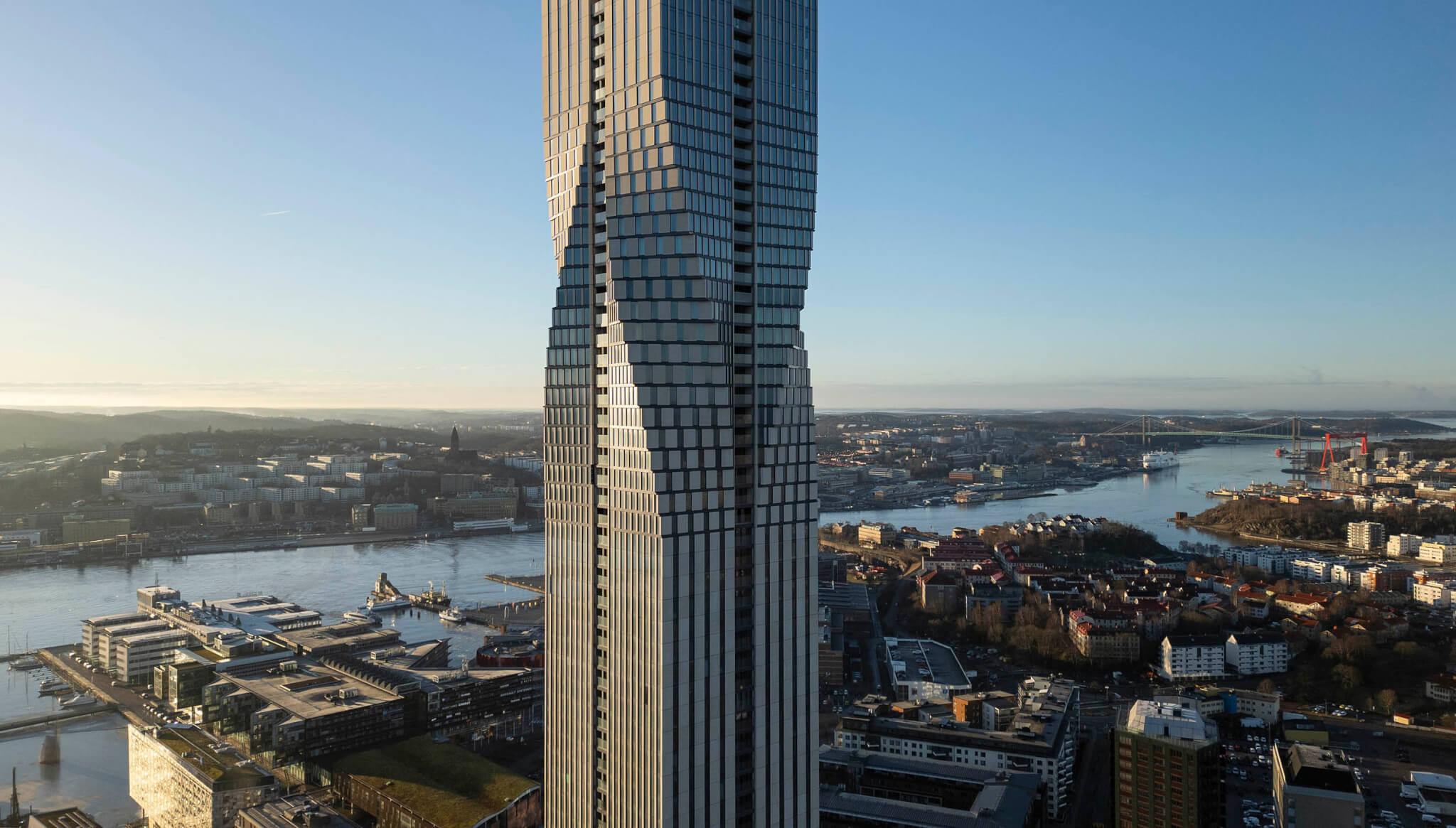
SOM alters the Gothenburg skyline with Karlatornet—Scandinavia’s tallest tower and pixelated icon
-
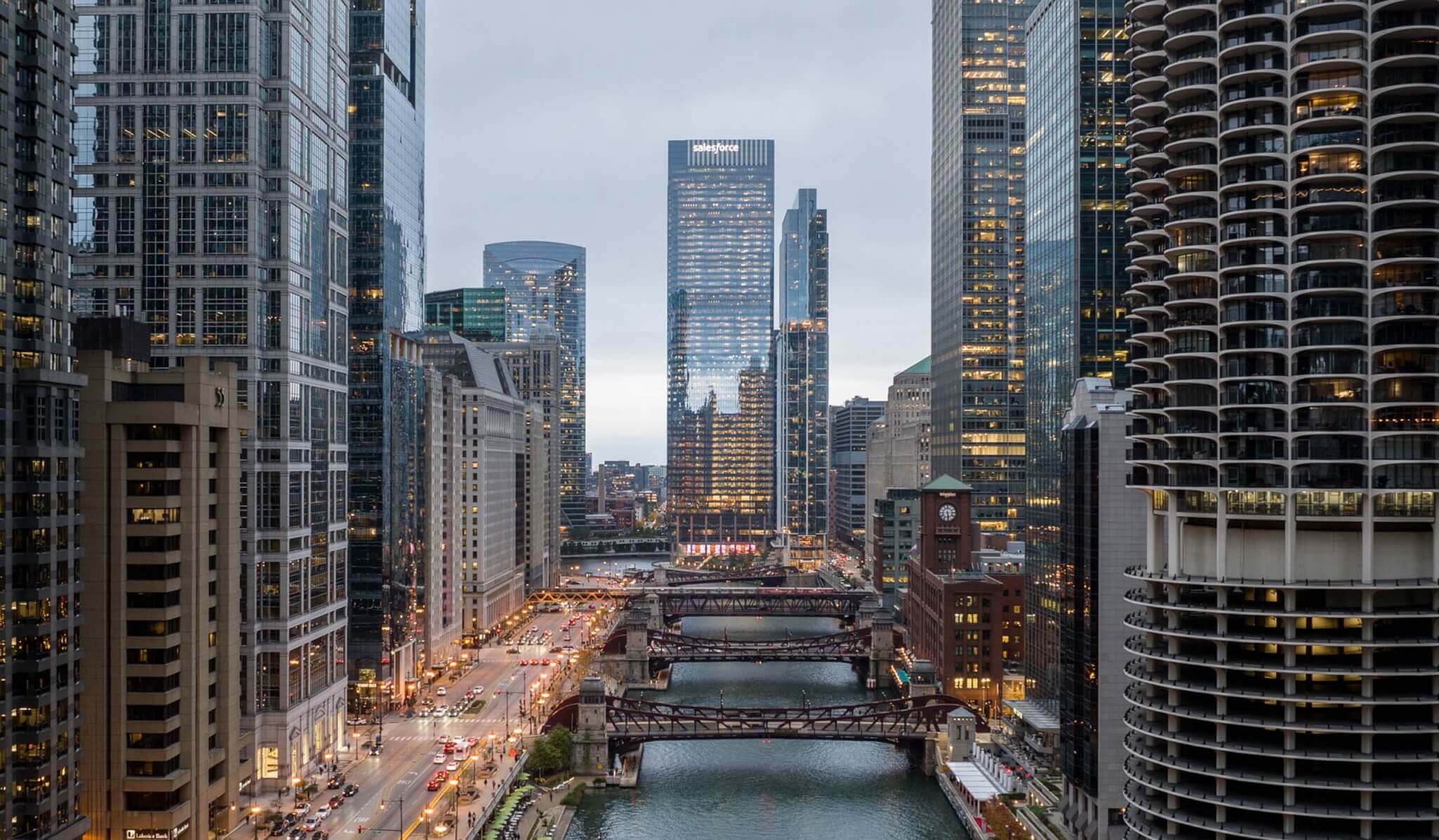
At Facades+ Chicago, AEC experts weigh in on carbon, tariffs, and emerging workflows
-

CannonDesign blurs undulations of opaque and transparent glass at UW–Milwaukee’s new Chemistry Building
-
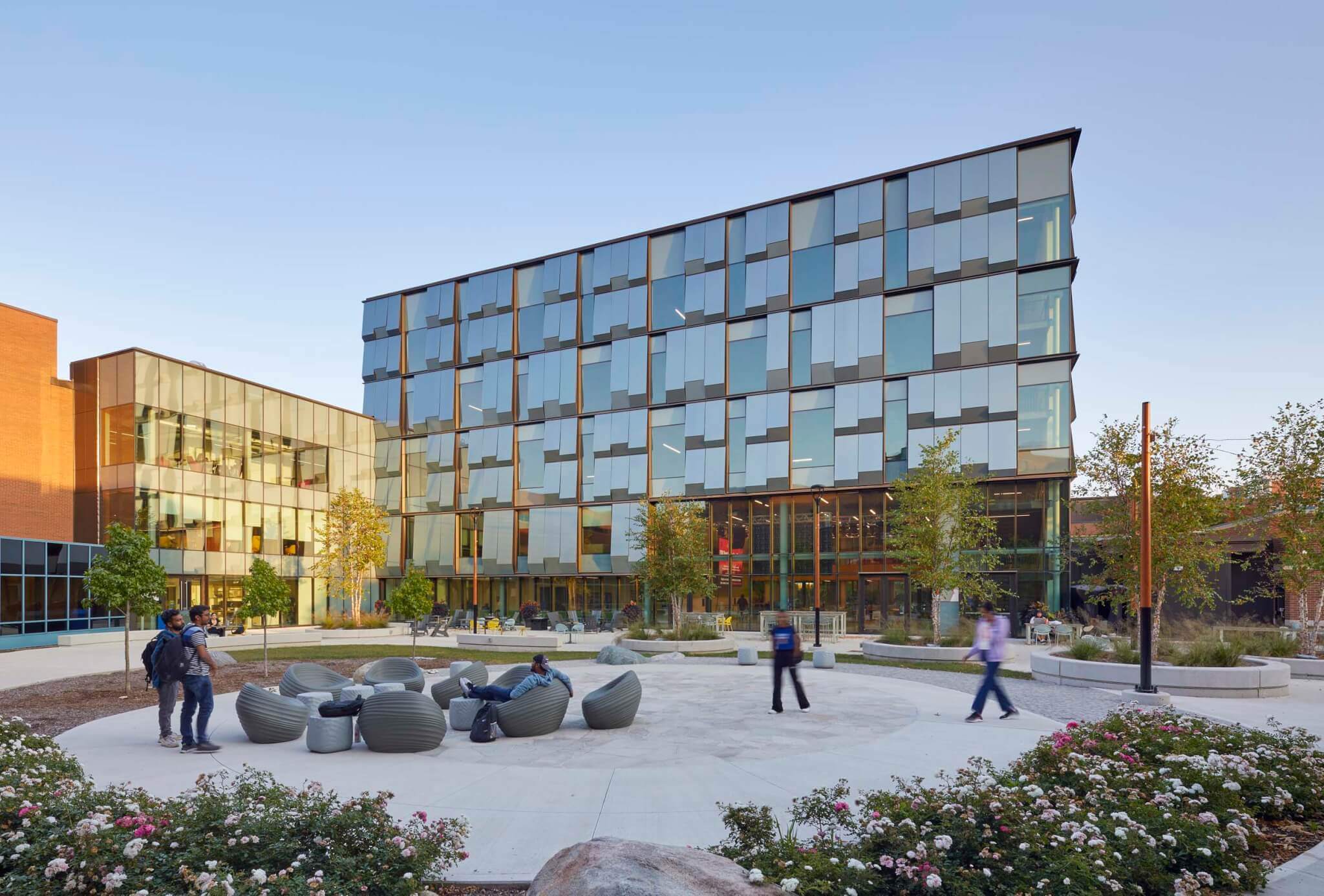
Facades+ returns to Toronto on September 26
-
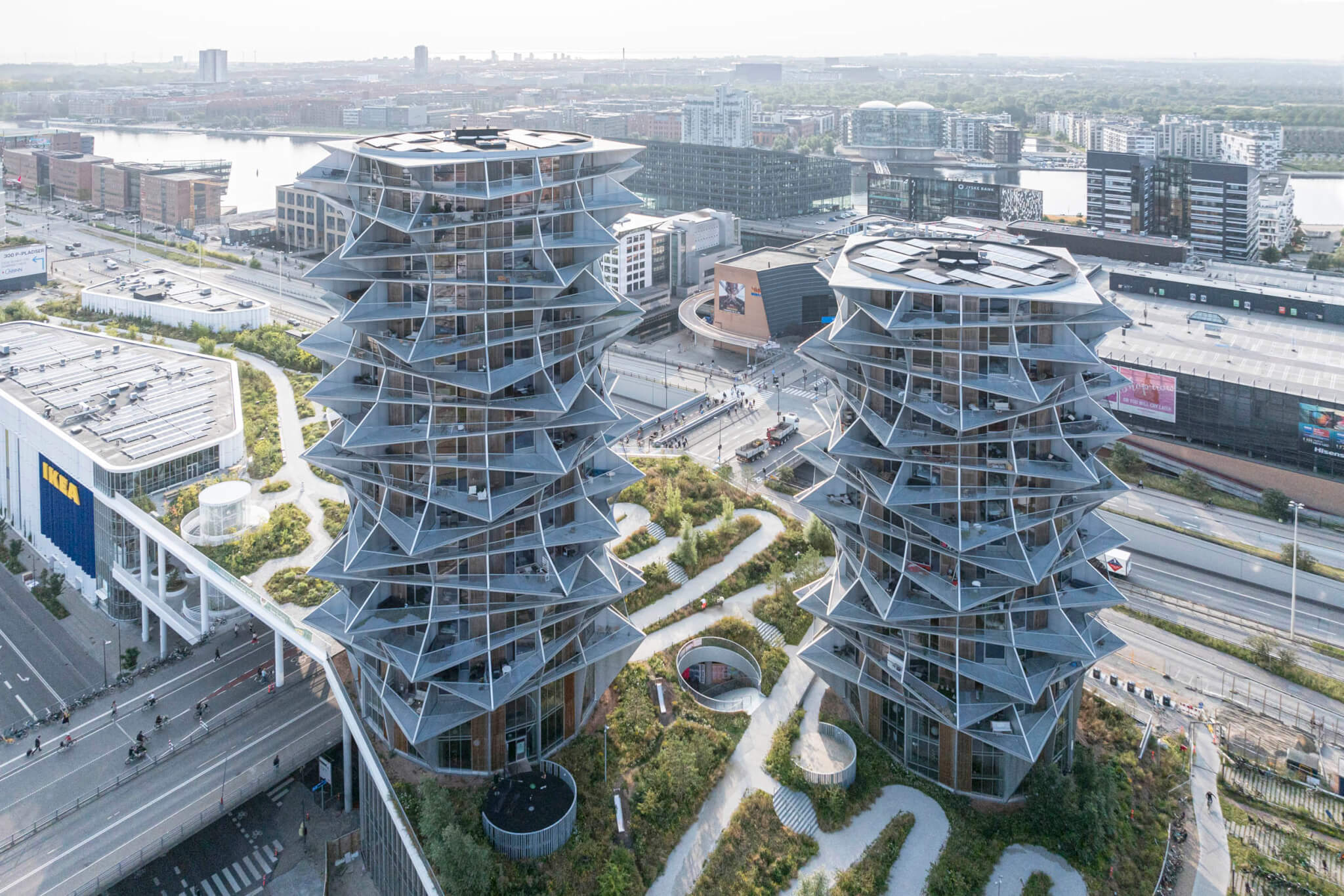
BIG alternates balcony types to form the jagged, illusory Kaktus Towers in Copenhagen
-
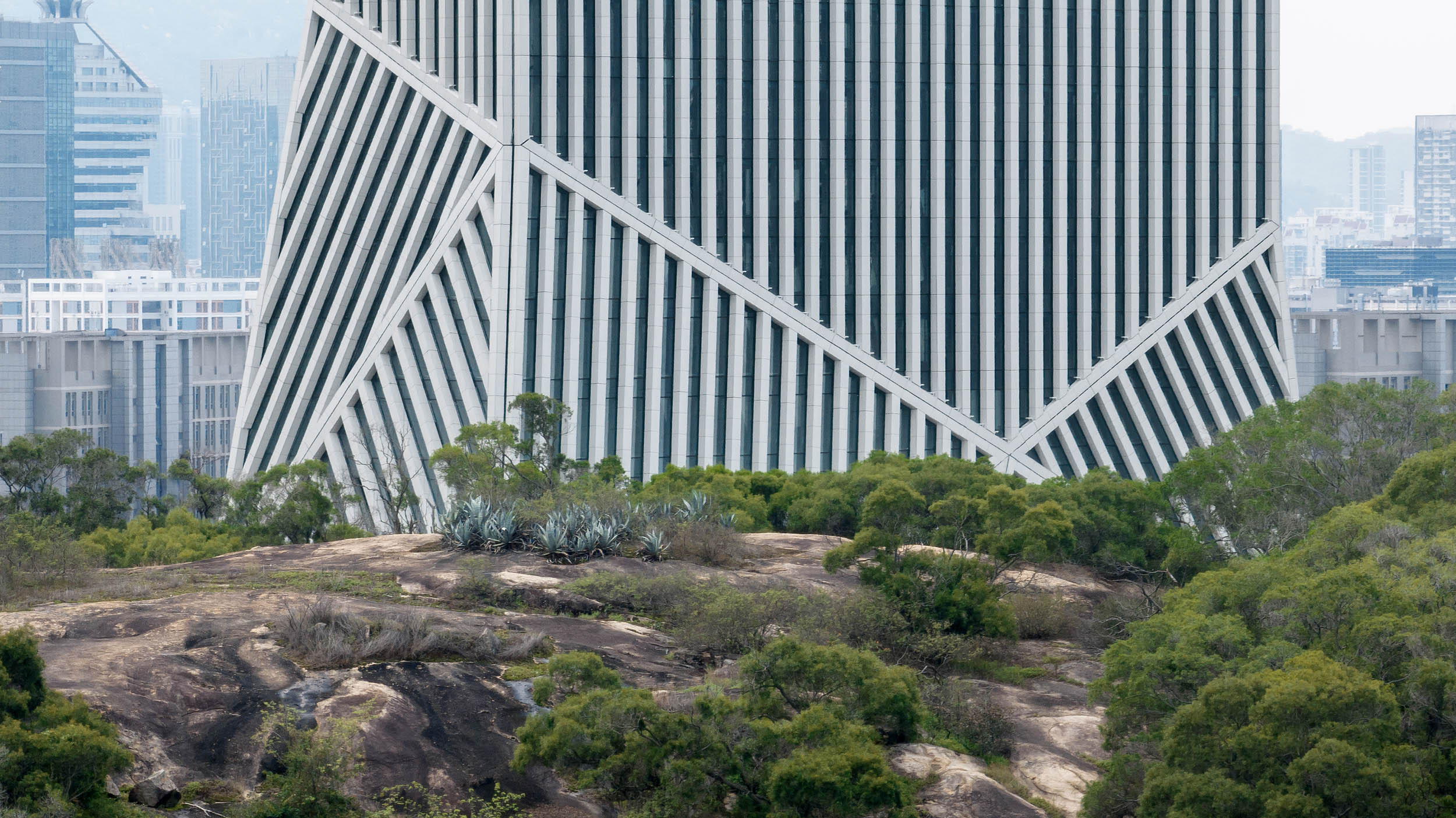
OMA’s JOMOO Headquarters flexes white ceramic stripes angled in different directions
-
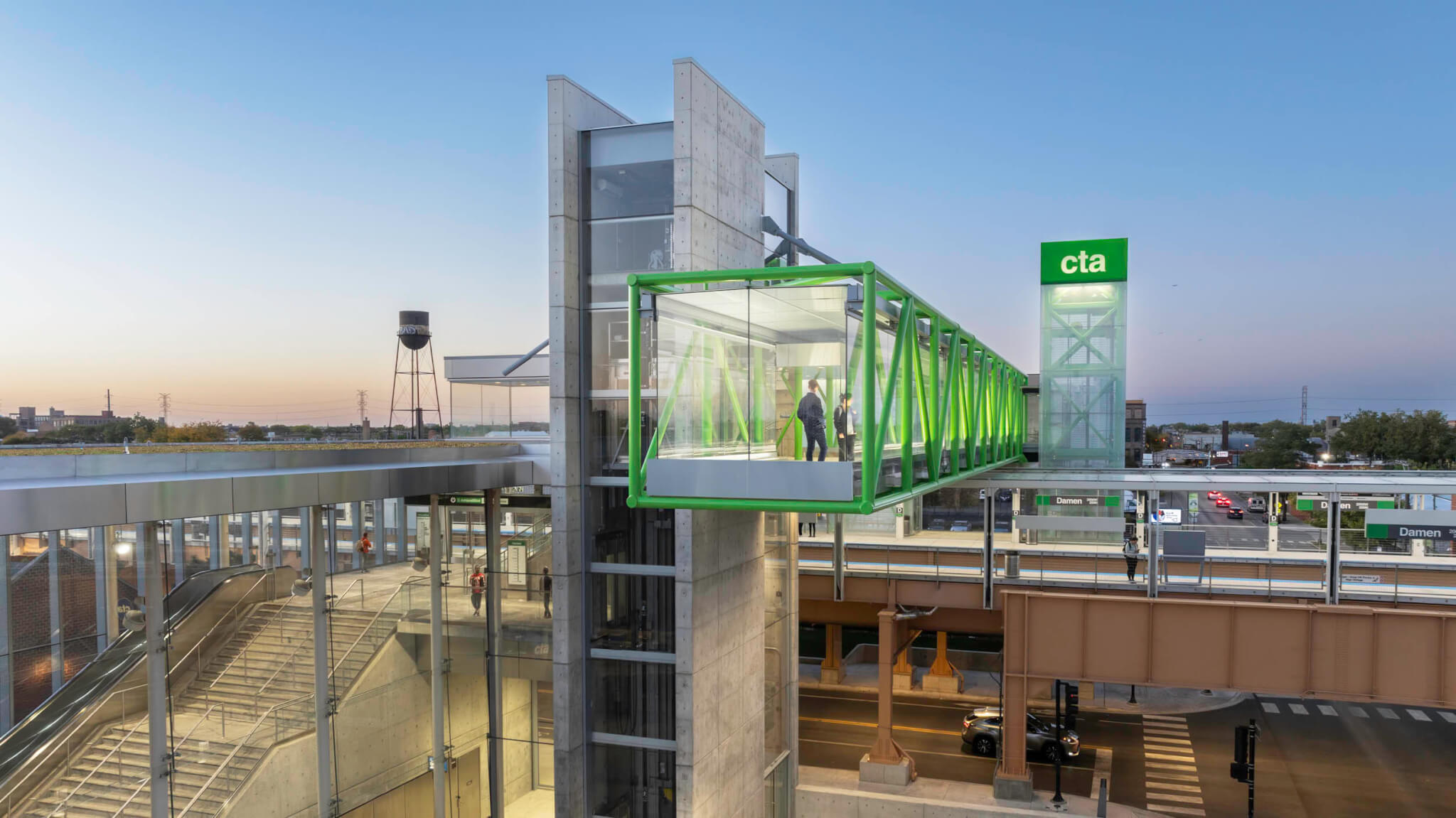
Facades+ returns to Chicago on September 12
-
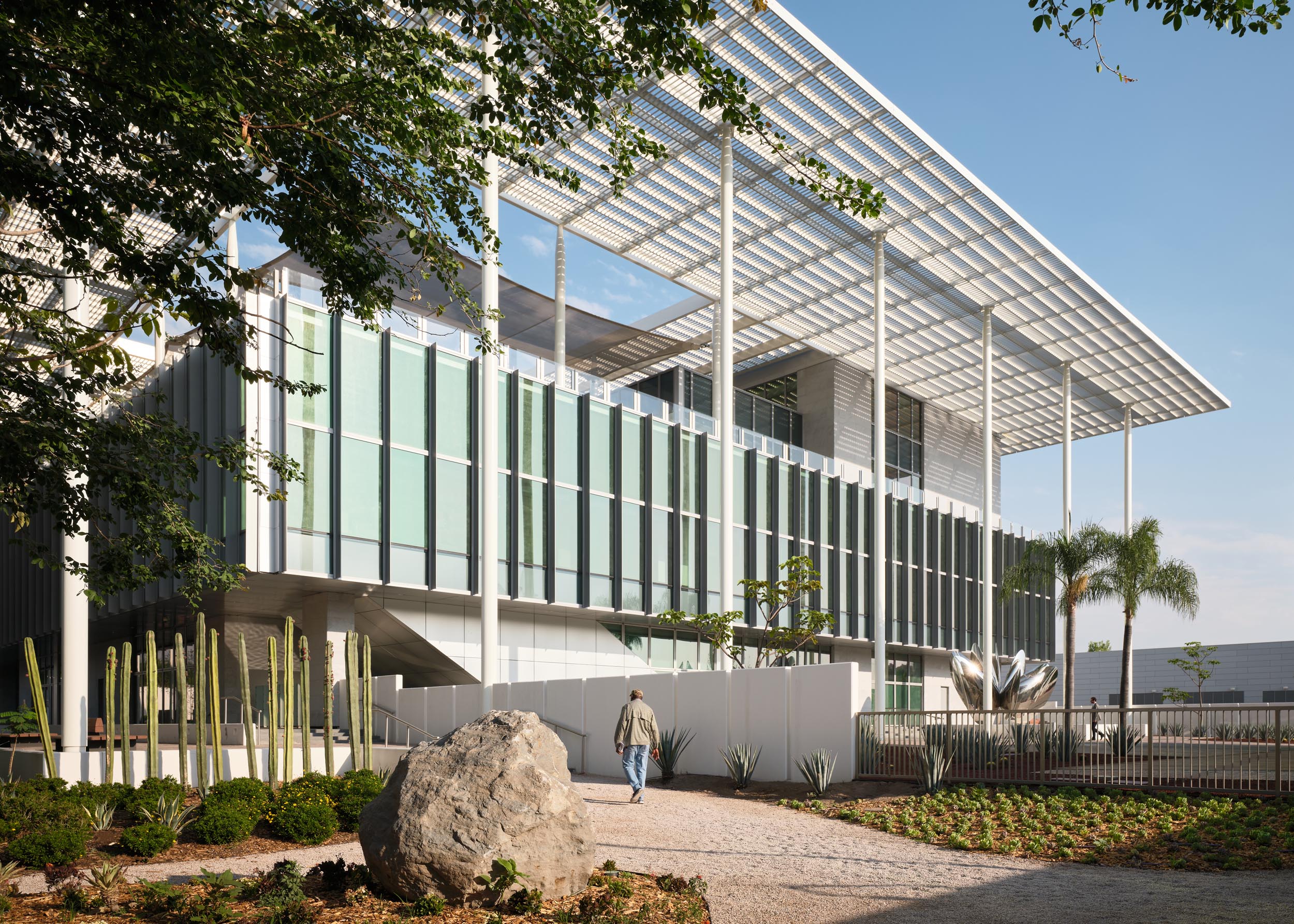
Miller Hull clads the main floors of the Consulate General Guadalajara in glass to inspire an inviting visitor experience
-

Facades+ brings dynamic programs to five cities this fall
-
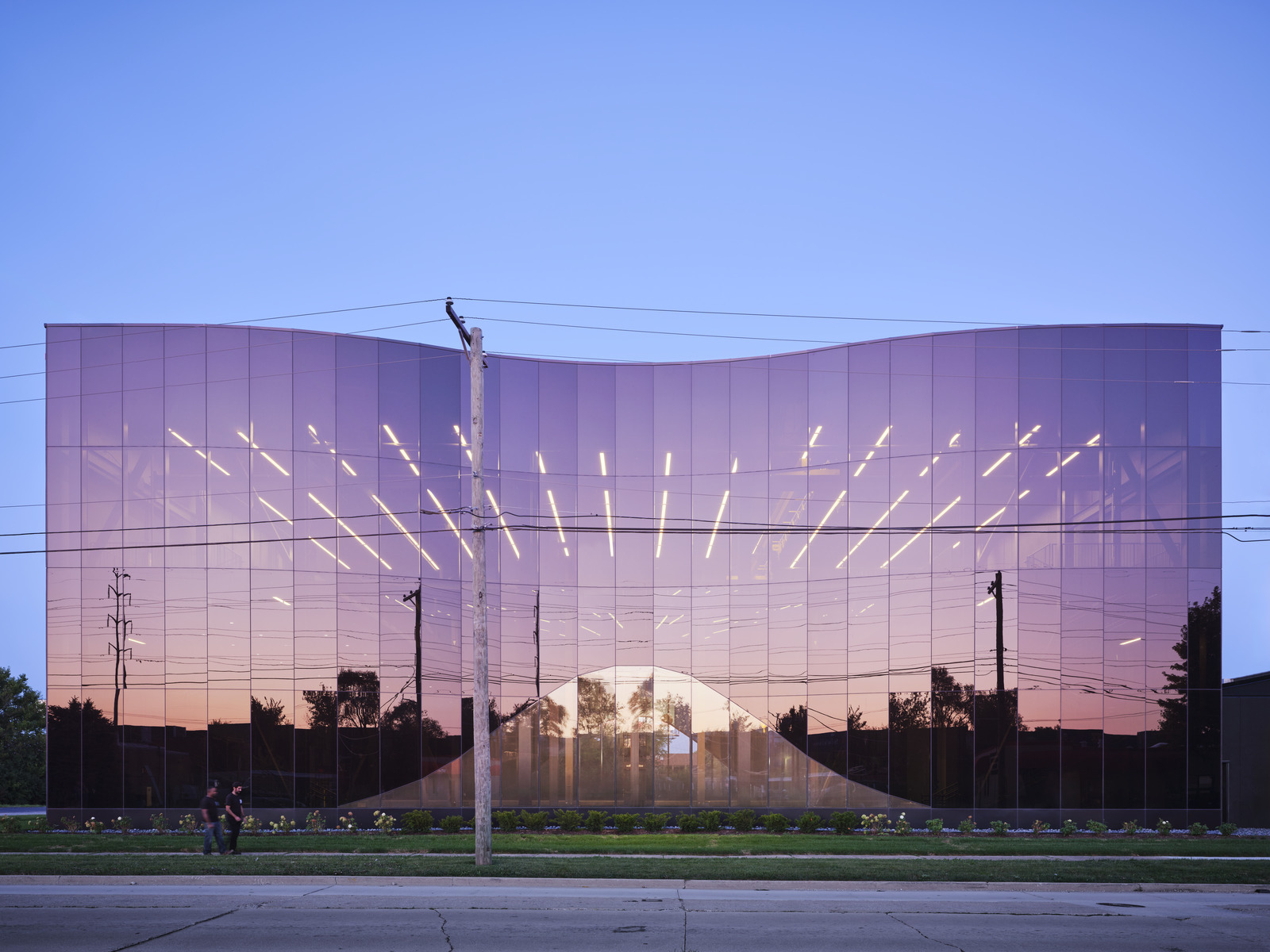
Gensler clads the Iron Workers Local 63 with an undulating curtain wall of tinted glass
